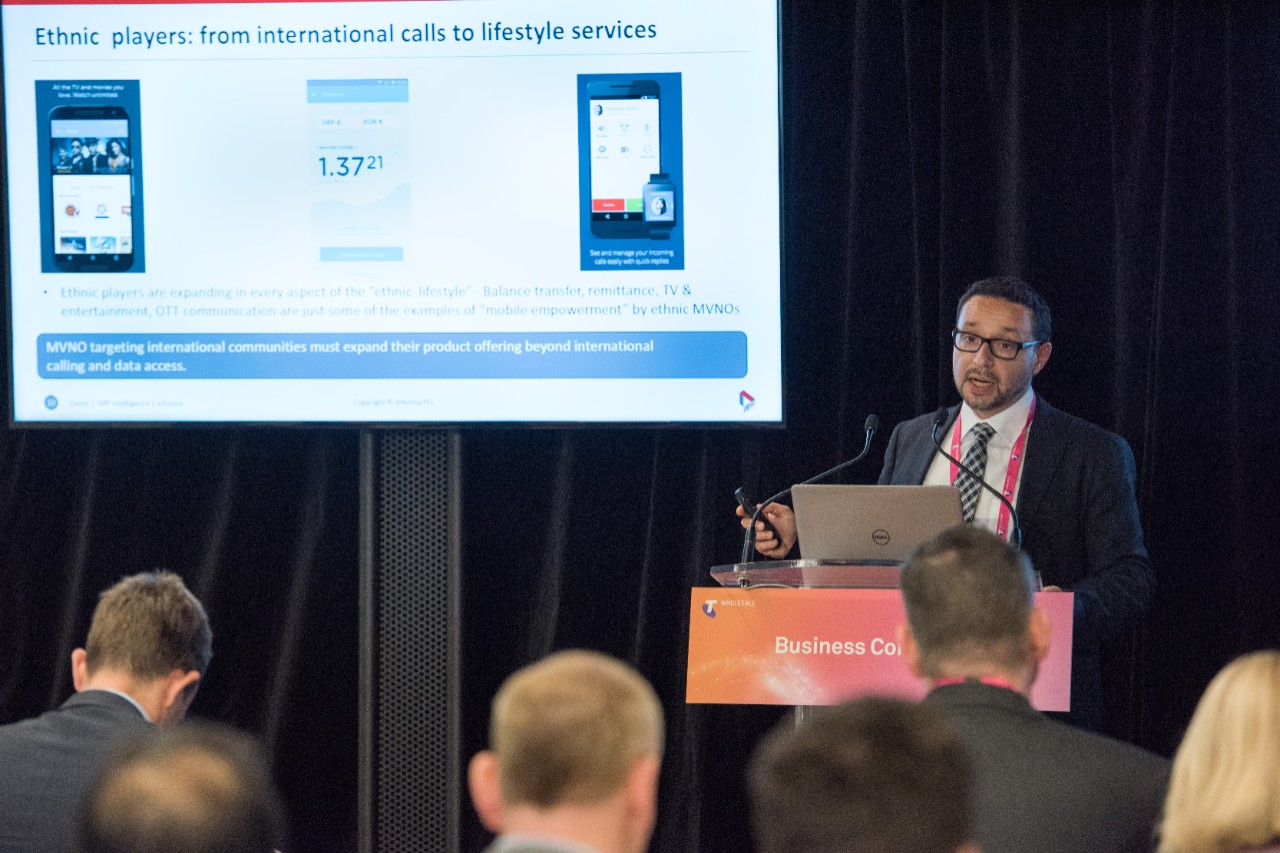Six business growth opportunities for Australian MVNOs
International telecommunications research company OVUM reports on the global trends affecting Mobile Virtual Network Operators. Part one of their insight series looks at key new business areas worldwide.
Anyone who works in the telecommunications industry in Australia knows of the intense competition among mobile service providers. With around 50 network and virtual network operators to choose from, consumers know it too.
MVNOs need to stand out from the crowd if they are to increase their customer base and power revenue growth. Looking at markets in the US, Europe and Asia, we see six methods MVNOs increasingly use to grow their business.
1. Product expansion
MVNOs that started by targeting relocated international customer segments with cheap long distance calls are now moving beyond simple connectivity to offer a range of lifestyle services. Operators such as Lebara identify other behaviours and needs of the customer base and create solutions. For example, many of their customers use international money transfer services and Lebara is just one of several MVNOs to enter the remittances market. They are also expanding into over-the-top (OTT) communication and entertainment services, streaming diverse content to customers’ mobiles.
2. Pricing innovation
MVNOs should be flexible with pricing structures to offer compelling deals to their customer segments. In Mexico, Virgin Mobile had a special deal for customers playing Pokémon Go: all data consumed while playing the game would be zero-rated and therefore not count against the customer’s allowances. Virgin launched this app-based pricing structure only five weeks after the game’s release in the country. Other MVNOs have zero-rated other entertainment services such as music streaming or video on-demand.
There is significant potential in app-based pricing for Australian MVNOs. Our research shows Australians rely on Wi-Fi to access services on their mobiles much more than the global average, particularly for streaming media and video calling. MVNOs with flexible platforms that enable refining, segmentation, and ultra-rapid product innovation can offer opportunities to win and retain customers.

3. Personalisation
MVNOs have led the way in offering highly personalised services too. ID Mobile is a relatively new but fast-growing MVNO in the UK. It is gaining market share because it has identified three main problems that mobile customers experience – bill shock from unexpected data use, roaming charges and the waste of unused data – and has created plans to address these concerns. Real-time monitoring platforms enable ID to cap usage to mitigate bill shock, while data bank options enable them to roll over unused data. Roaming plans enable customers to use their allowances in 29 countries around the world. The success of ID Mobile shows the value of understanding customer pain points, and addressing them with personalised offers or services.
4. Hardware-based innovation
It is still rare to find MVNOs engaging in the hardware side, but there are examples of successful operators using customised handsets to gain an advantage. Snail Mobile is one of China’s most successful MVNOs. Its parent company is a mobile and PC games specialist with over 100 million users, and Snail Mobile is an extension of its gaming platform. It zero-rates application installs from its own app store, and the data consumed by the gameplay itself. However, the firm has gone further by offering its own gaming-orientated handset. The hardware component provides a bespoke experience for customers, further increasing their loyalty and spending with the operator.
5. Communities
Powering business growth is not solely about driving top line revenues. Effective ways to reduce the costs of customer acquisition, retention and support can be just as important. GiffGaff, a UK-based MVNO, exploits the network effect of its existing customer base to provide an online DIY support service. They reward existing customers with points if they refer new customers, send SIMs to friends, or answer queries in the user forums. Customers can then choose whether to get cash back, credit for their account or donate to charity. Combining such community-based self-care with real-time, app-based user information can significantly cut operating costs for MVNOs.
6. Leveraging brands
A growing MVNO segment is retail extenders and brand associates. MVNOs aligned with specific brands have a ready-made, receptive audience with whom they can engage through exclusive content and special offers. A good example is the Bayern Munich MVNO in Germany. The football club offers exclusive benefits, competitions, match victory credit, vouchers for the club shop, and live streaming press conferences that customers cannot get elsewhere.
Another example is an Austrian MVNO run by one of the country’s leading publishers. It differentiates itself by being a platform for content distribution from the publisher’s stable of news and lifestyle media. Customers can choose the publication they are most interested in, benefiting from special services such as free e-newspaper downloads and zero-rated on the publisher’s news sites.
Back-end technology to enable front-end innovation
All of the tactics set out above are underpinned by technology that empowers MVNOs to offer new products and services. Real-time monitoring, flexible approaches to data usage and community-based support are only possible if operators have platforms in place that allow them to be agile and responsive.
Australian MVNOs are already adopting these platforms to deploy innovative models and services. Yet we believe there is still a real opportunity for MVNOs with the right platform to take some of the learnings above, and bring new ideas to the market to deliver better, more personalised experiences to their customers.
